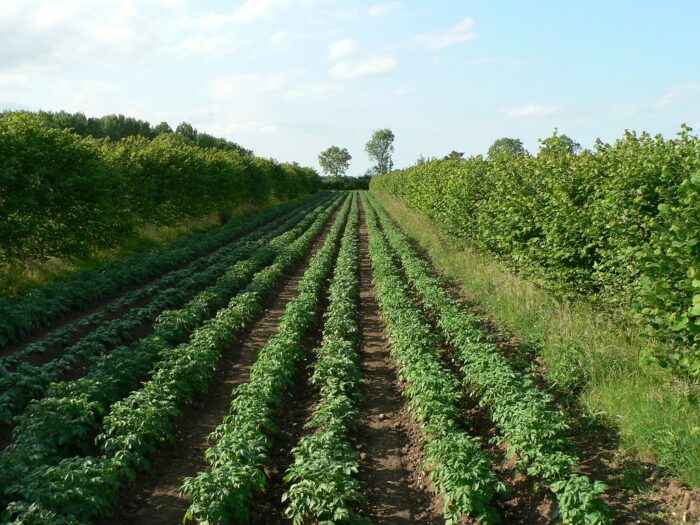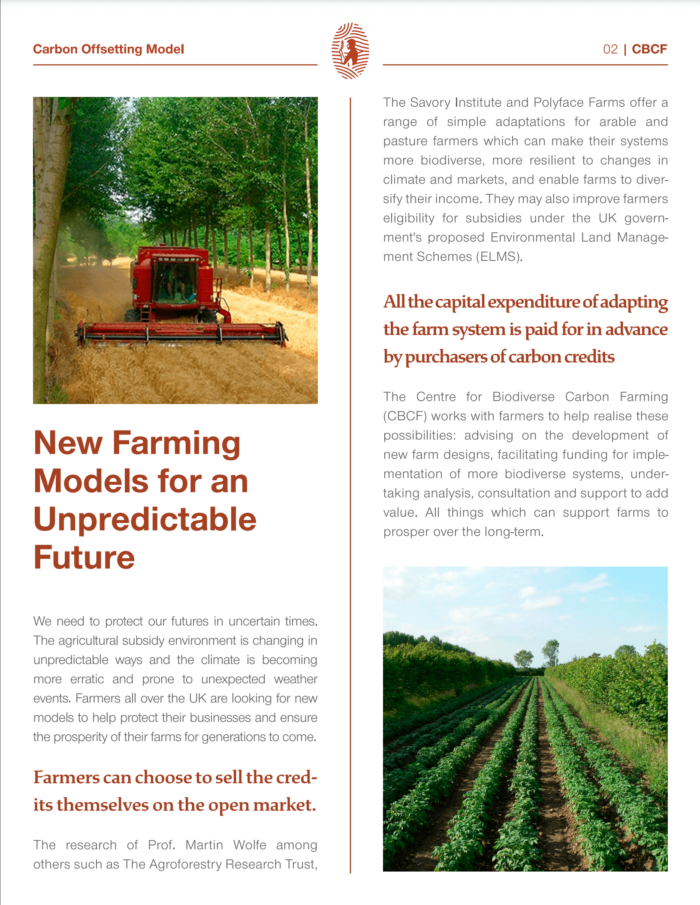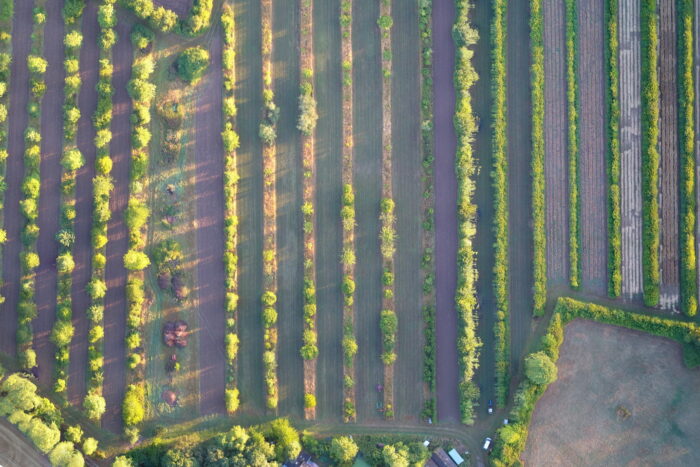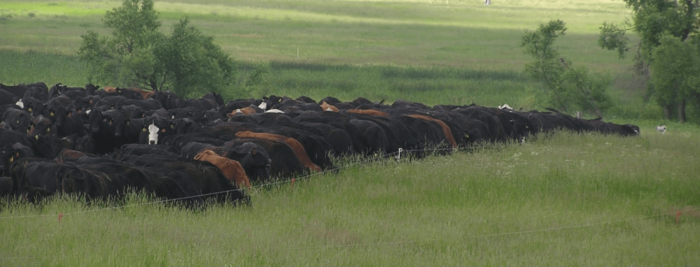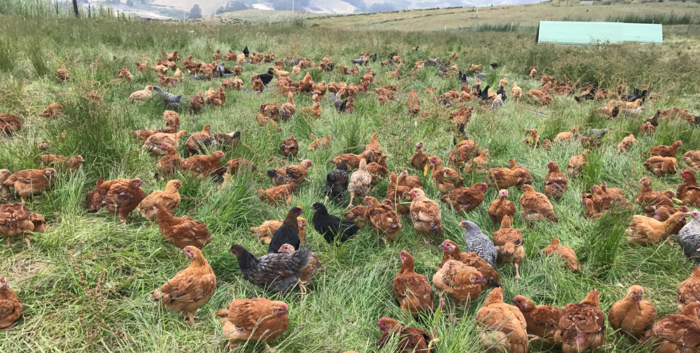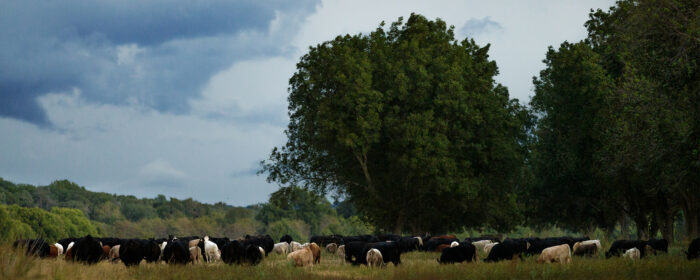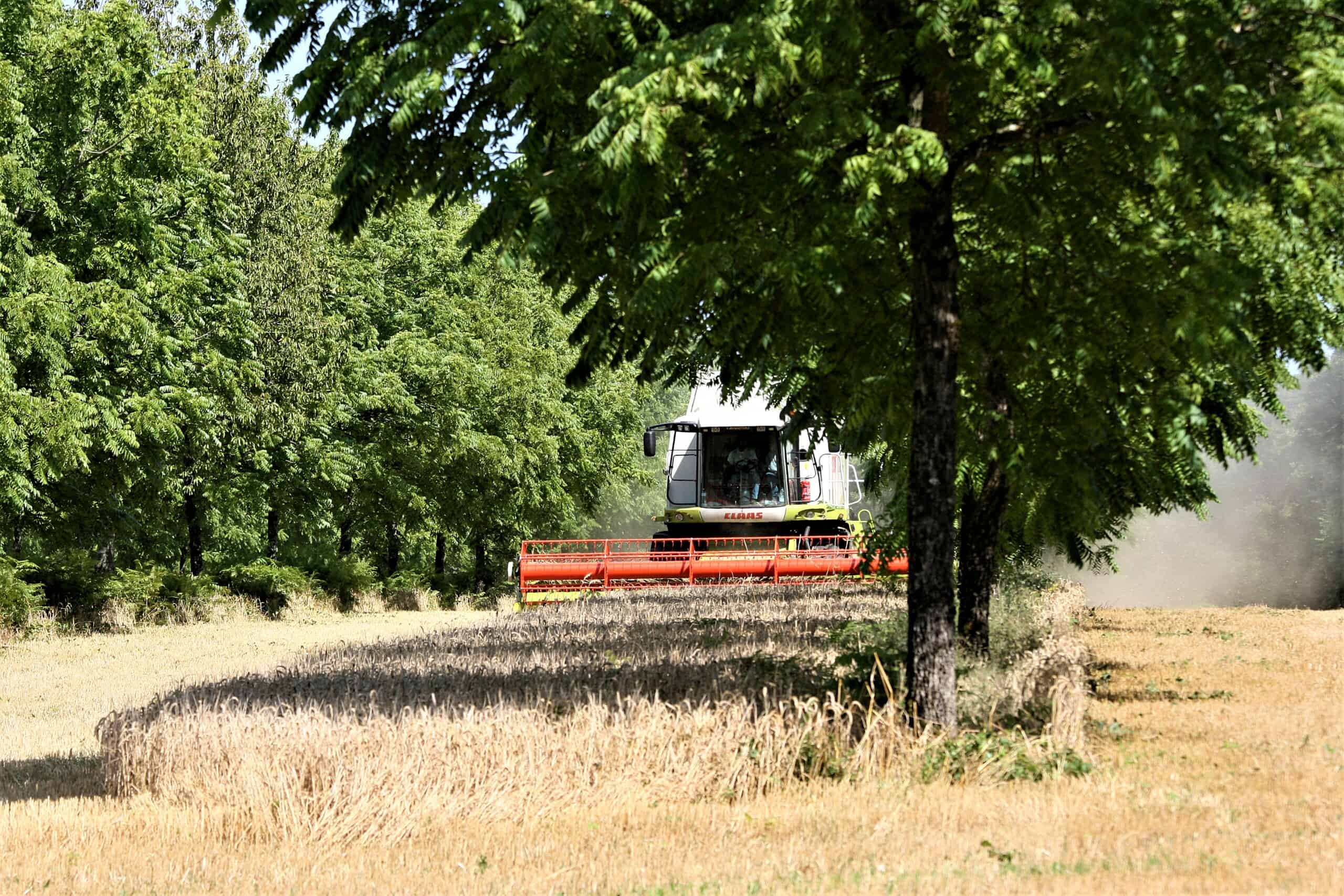
Silvo-arable
Home Biodiverse Farming Silvo-arable
Silvo-arable
Silvo-arable systems integrate trees into arable farming. This can be done in a variety of ways. Alley cropping, where trees are planted in rows with croppable land between, favours the efficient use of farm machinery.
Trees can create a substantial additional source of income while increasing biodiversity.
On flat land a North-South orientation of alley cropping reduces shading of the arable crops by the trees to the early and late parts of the day when the sun is low on the east and west. Trees can be chosen as dwarf varieties if they are fruit and nut, and coppiced or pollarded if they are energy crops, to minimise shading further.
Trees can be very well suited to integration with arable crops. They can provide a windbreak, improve water infiltration and retention, and mediate temperature extremes.
There are a huge range of possibilities for the types of trees in a silvoarable system.
In some climates there are trees which grow and shed their leaves at complimentary times to cereals. Acacia Albida drops its leaves in the dry season, adding moisture to the soil when it is most needed. Other trees come into leaf when a cereal crop has already reached the climax of its growth in a season.
What is more, trees can create a substantial additional source of income while supporting greater biodiversity both on and off farm.
Alley Cropping is a layout which enables efficient farming of both arable and tree crops.
There are a huge range of possibilities for the types of trees in a silvoarable system. Fruit, nut, energy or timber are all possibilities.
The increased insect and avian biodiversity can have positive interactions with potential pests for the arable crops.
The increased soil organic carbon and soil microbial life can support nutrient and water availability for arable crops. Competition for water has not proven to be a problem in the UK, in fact quite the opposite appears to be the case.
Tree roots must at least be ripped with deep tines at the edges of the alleys, and cultivation of the croppable area within the alleys can prevent incursion of the tree roots into the areas where the arable crops will be grown.
The increased soil organic carbon and soil microbial life can support nutrient and water availability for arable crops.
Related content
Biodiversity from Farm Productivity

